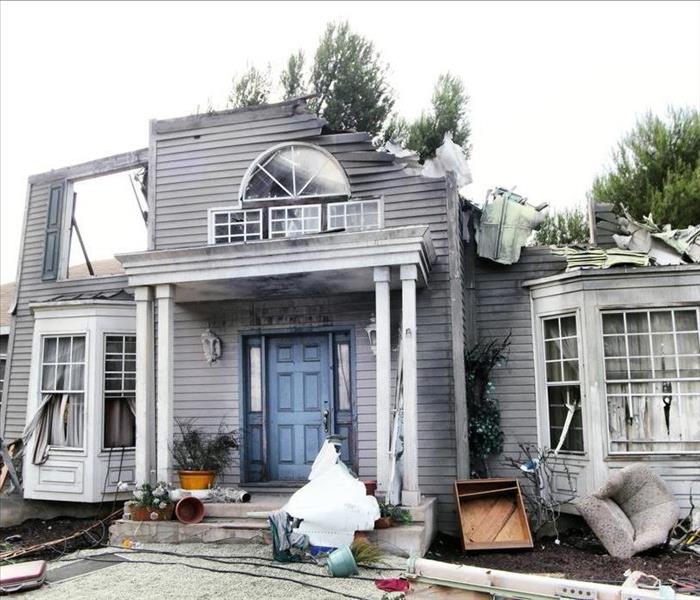4 Essential Features of a Large Loss Response
6/28/2021 (Permalink)
Typically, after a loss, such as a home fire or flood, you can count on your local Blackfoot, ID, restoration company to handle all your needs post-disaster needs. What happens during a catastrophic loss, though? Sometimes a large-scale tragedy, such as a wildfire or a hurricane, will affect a vast area and its many residents. When there's damage and destruction on a considerable scale, a large loss response team is essential. An LLRT is a restoration organization equipped to handle all aspects of a sizable disaster. This company must possess the appropriate expertise, labor and equipment. Victims of these types of disasters have great concerns already. An LLRT's mission is to seamlessly mitigate and restore the damage to minimize victims' worry.
LLRT Handles Large-Scale Losses
An LLRT handles large-scale losses by:
1. Creating a Custom Recovery Plan
Various clients, such as municipalities, government offices, commercial buildings, apartment buildings, and universities rely on an LLRT post-disaster. An LLRT will create a custom recovery plan based on the specific circumstances of the client and the unique details of the loss. For example, a large apartment complex that has suffered severe storm damage will be handled differently than a town that's sustained damage from flooding.
2. Providing Sufficient Manpower and Equipment
The LLRT is a team that is capable of handling all the different requirements associated with a catastrophic loss, such as the number of skilled workers and the necessary amount and type of equipment. The team also can work either by themselves or with a local franchise. SERVPRO is one such restoration franchise company that currently includes over 1,700 different franchises nationwide that can work independently or in association with others.
3. Equipping Victims With Necessary Services
They ensure that all necessary services are provided during disruptions. These services include power, water and sanitation.
4. Assigning a Liaison
The LLRT assigns a commercial operations manager to act as a liaison. This individual ensures everyone stays aware of the details throughout the restoration process.
A catastrophic loss has some unique needs that a smaller-scale disaster doesn't. An LLRT is always equipped to handle any type of emergency restoration on any scale.



 24/7 Emergency Service
24/7 Emergency Service
